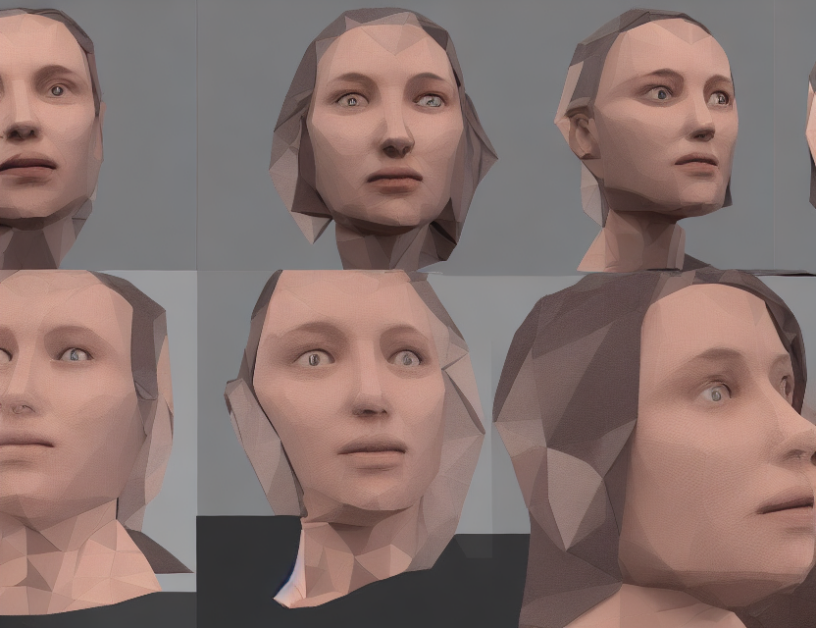Have you ever wondered how computers can create realistic images of faces using just one eye? It’s a fascinating area of research called deep learning, which is a way for machines to learn from example and improve their performance over time. In this article, we’ll dive into the world of monocular face reconstruction, exploring how computer scientists use deep learning to create detailed and realistic images of faces using just one eye.
Monocular Face Reconstruction
Monocular face reconstruction is the process of creating a 3D model of a face using only a single eye image as input. This is a challenging task, as faces have many features that are difficult to reconstruct from a single viewpoint, such as the shape of the eyes, nose, and mouth. However, by using deep learning techniques, computer scientists can create highly detailed and realistic 3D models of faces from just one eye image.
Deep Learning Techniques
To create 3D models of faces using monocular face reconstruction, computer scientists use a technique called deep learning. Deep learning is a type of machine learning that uses neural networks to analyze data and make predictions. In the case of monocular face reconstruction, the neural network is trained on a large dataset of face images to learn the relationships between the 2D eye image and the corresponding 3D face shape.
The neural network used in monocular face reconstruction is called an encoder-decoder architecture. The encoder takes the single eye image as input and maps it to a lower-dimensional representation, known as the latent space. The decoder then takes this lower-dimensional representation and generates a 3D model of the face.
Texture Completion
One of the key challenges in monocular face reconstruction is texture completion. This refers to the process of filling in the missing details of the face, such as the shape of the eyebrows or the contours of the nose. To address this challenge, computer scientists use a technique called texture completion, which involves estimating the complete texture map of the face from the incomplete input eye image.
Light Normalization
Another important step in monocular face reconstruction is light normalization. This involves adjusting the lighting conditions of the input eye image to match those of the training data. This is necessary because faces in real-world environments often have varying lighting conditions, which can affect the accuracy of the face reconstruction.
Super-Resolution
Finally, computer scientists use super-resolution techniques to enhance the resolution of the reconstructed face. This involves taking the low-resolution output of the decoder and upscaling it to a higher resolution, resulting in a more detailed and realistic 3D model of the face.
Experimental Protocol
To evaluate the effectiveness of their approach, computer scientists use a dataset of 890 subjects captured with a neutral pose. They train two ESRGAN models, one that amplifies the input and another that upsamples to 4K resolution. Both models are trained with data from the light stage, allowing for self-supervised training and separating the specular contribution from the diffuse component.
Conclusion
In this article, we’ve explored the fascinating world of monocular face reconstruction, where computer scientists use deep learning techniques to create highly detailed and realistic 3D models of faces using just one eye image as input. By demystifying complex concepts through engaging metaphors and analogies, we hope to have given you a better understanding of this exciting area of research and its potential applications in the field of computer vision.



